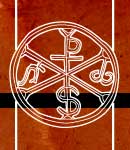
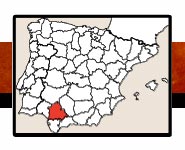

 |
 |
||
 |
|||
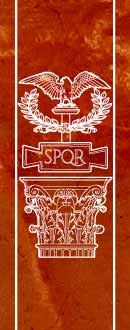 |
(40)/R-TE/SEVI-Cazal-40.jpg) |
-55/BOOK-cort-40.jpg) |
 |
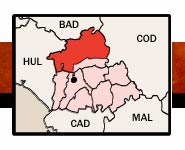 |
||
 |
|||
 |
ACCESO A CAZALLA : La carretera más accesible es la A-455 desde Lora del Río que va a Constantina. Desde Llerena se puede coger la EX-200 hacía Fuente del Arco. ACCESO PARA MINUSVÁLIDOS : Acceso factible: Castillo del Real de la Jara, Fuente de Alanis, Castillo de Alanis (solo exterior), Fabrica y cartuja de Cazalla (exterior). Acceso no factible: Iglesia del Real de la Jara, Iglesia de Alanis, Iglesia de S. Benito y de La Consolación de Cazalla, y castillo e iglesia de Constantina. |
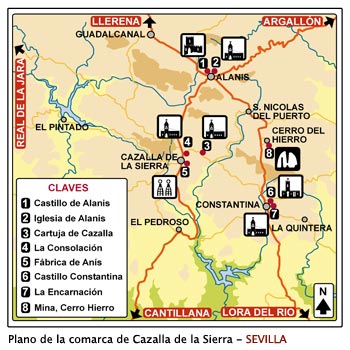 |
ACCESS TO CAZALLA : The road more accessible is the A-455 from Lora del Río, that go to Constantina. From Llerena you can take the EX-200 to Fuente del Arco. ACCESS FOR THE HANDICAPPED : Feasible access: Castle of Real de la Jara, Fountain of Alanis, Castle of Alanis (only outside), Factory and cartuja of Cazalla (outside). Not feasible access: church of Real de la Jara, church of Alanis, chruch of S. Benito and La Consolación de Cazalla, and castle and church of Constantina. |
||||
 |